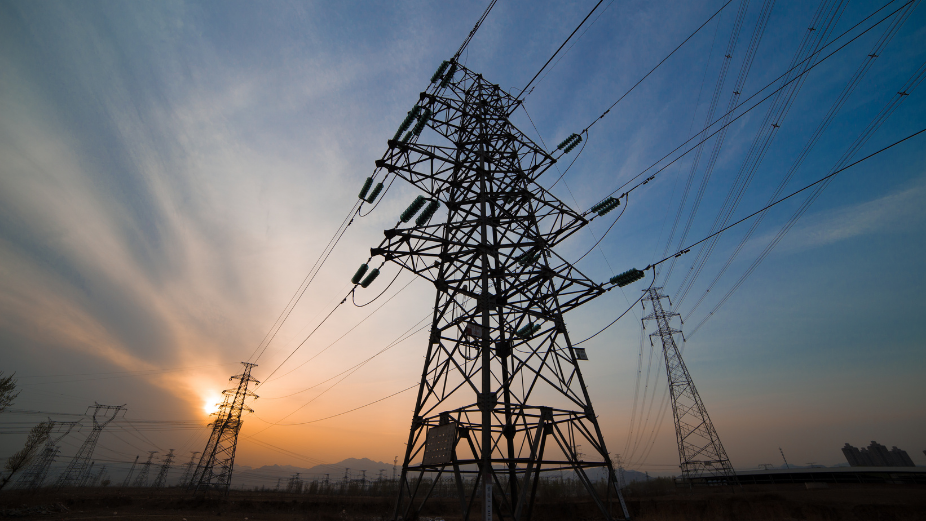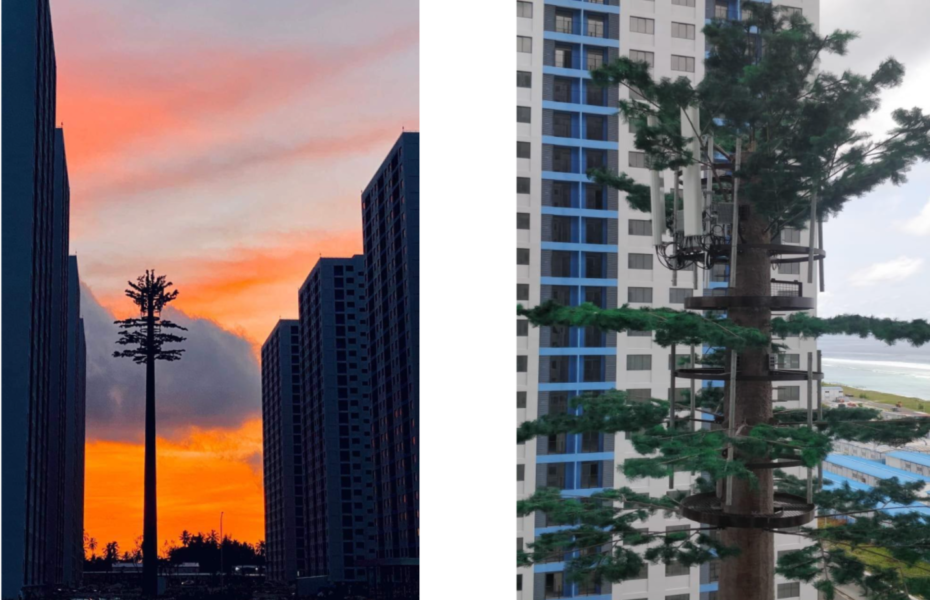
The Maldives has its own unique set of challenges to institutionalization of infrastructures. The challenges are even more complex in telecommunication infrastructures. Be it via cables or microwaves: two of the most common forms of telecommunication infrastructures. Microwave digital radio is the most common type observed in the Maldives. This infrastructure connects one island to another by using a series of radio wavelengths measured in small numbers centimeters. It’s cable counterpart demands a bigger investment as well as long and arduous processes.
At this moment in time, islands are connected via communication towers. The towers, commonly referred to as “antennas” by locals can be seen on the facade of inhabited islands and resorts. Some islands have two and some even three towers. Without the towers, mobile signals wouldn’t be dispersed. However, would it be possible for us to make due with less? The answer is yes. Towers do not have to be exclusive to individual service providers as they can be shared by many. Some resorts in the Maldives discourage institutionalization of more than one tower – as a result, service providers agree to share it.

To build a cable-free infrastructure, communication towers are constructed on islands to connect one another. Should the islands be connected via land, connecting them via cables are still not out of the question. A province like Addu City, perhaps can be connected via a cable network. Same application can be also applied to Laamu atoll. Linking geographically connected islands via cables is relatively more facile. This application is also being applied in Male’ City.
Adding to the proof of viability is the communication infrastructure laid out in the Phase ll of Hulhumale’ by the Housing Development Corporation (HDC). HDC has built a communication tower network that not only visually blend with the surrounding but also has the capacity to accommodate multiple service providers at the same time. As a part of the company’s strategic urban development efforts, they aim to assist service providers in reducing the infrastructural costs, which will inherently allow them to provide services at lower rates.

This is the first time where a communication network is being established by a party that doesn’t operate in the telecommunication sector. HDC says that service providers also eye-to-eye on the matter as the initiative is deemed to assist them in ensuring speedy and reliable services to end-users.
HDC’s approach took multiple operators into account. Beyond this point, a single tower will be able to accommodate multiple operators all at once without limitations. HDC says the project was planned and executed with participation of key stakeholders: service providers, communications authority, and other relevant ministries to ensure favorable results. Proper research was conducted and all the possible outcomes were predetermined prior to the beginning of the project.












